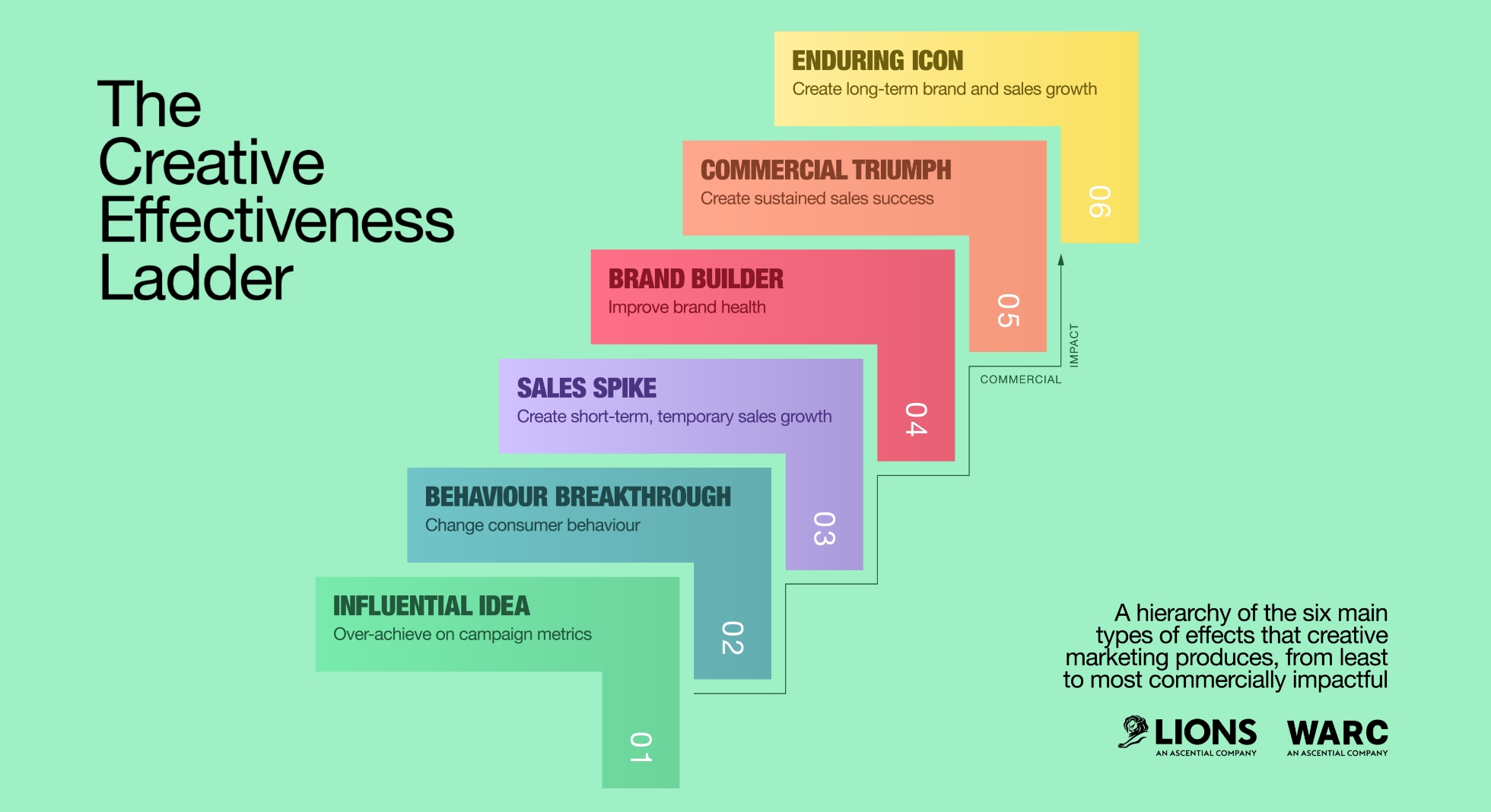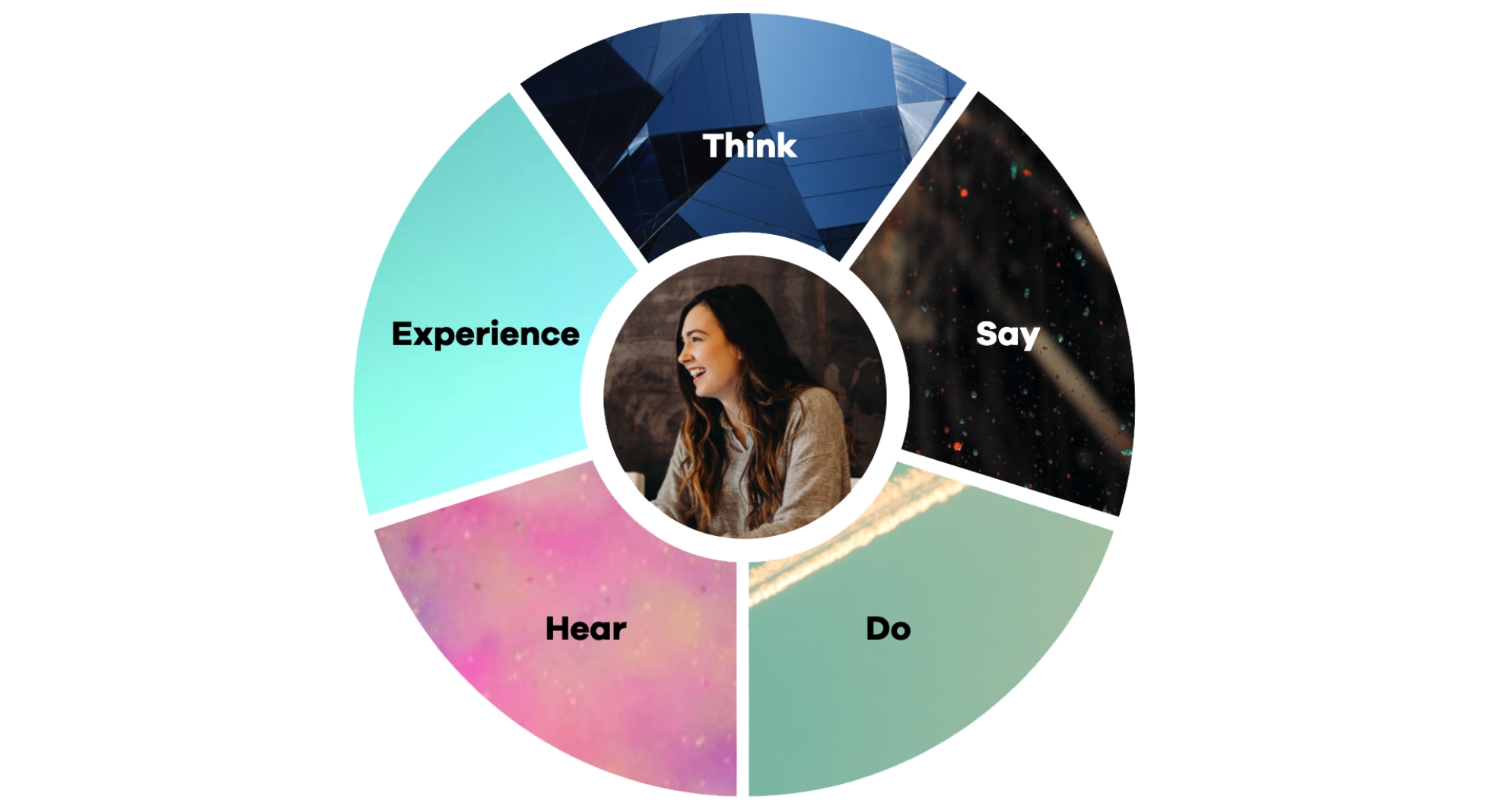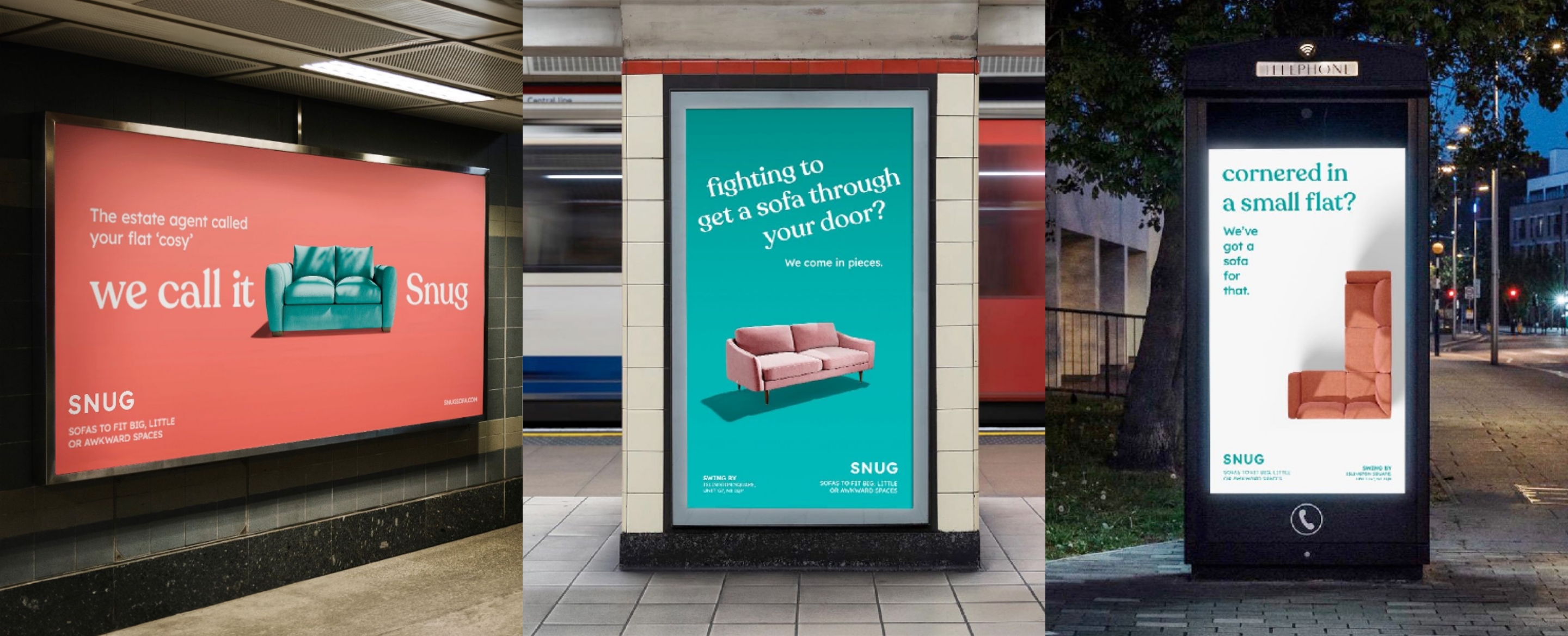The six key principles to delivering and measuring creative effectiveness
According to a 2022 Marketing Week survey, 58% of marketers are prioritising measuring the effectiveness of their creative. Yet over a third (33.1%) of those surveyed don’t currently have a plan in place to execute this – or even the measurement capabilities.
At a time when marketing budgets continue to be squeezed by the cost-of-living crisis and effectiveness is more essential than ever, it’s troubling to read that so many marketers don’t have the expertise and resources they need.
If this problem sounds familiar to your business, read on to uncover the six principles to building your own effectiveness measurement framework.
Part 1: The benefits of measuring creative effectiveness
Before we look at how to measure, let’s cover the why. From securing budget to outsmarting competitors, here are four big business benefits to measuring creative effectiveness:
1. Improve the performance of your future campaigns
Data from creative measurement can be a goldmine of information, providing a roadmap for your future campaigns. You can learn what type of creative resonates with your target audience, which messaging works best, and which channels deliver the strongest results. It’s the proven way to refine your creative strategy and improve performance on an ongoing basis.
2. Demonstrate ROI to stakeholders
Marketing is often seen as a cost centre. But by measuring creative effectiveness, you can translate the impact of your campaigns into concrete metrics such as increased sales or brand awareness. This data demonstrates the value you’re delivering to stakeholders – helping to secure continued support for your marketing efforts and increasing future budgets.
3. Gain a competitive advantage
In a crowded marketplace, standing out requires your creative to cut through the noise. Measuring your creative effectiveness allows you to identify what works for your brand and differentiate yourself from competitors.
4. Build a data-driven marketing culture
By incorporating creative measurement into your marketing processes, you foster a data-driven culture across all teams and departments. And when your company’s culture is to make decisions based on evidence rather than intuition, you’ll see more effective and successful marketing in all areas.
Like the sound of these benefits? Then let’s move on to the real challenge – putting in place the framework to measure, evaluate and gather crucial learnings.
Part 2: The six key principles explained
Principle 1: Map the right campaign objectives to your business goals
By linking your campaigns to your business goals you define a clear direction, tailoring your creative efforts to what you’re trying to achieve. And the inverse is also true – failure to map objectives upfront often leads to poor outcomes.
A useful tool for gaining clarity, focus and clear measurement techniques is The Creative Effectiveness Ladder. Developed in 2020 by marketing effectiveness experts James Hurman and Peter Field on behalf of Cannes Lions and WARC, it identifies the common ‘winning behaviours’ of campaigns, and how creativity can be used to drive specific marketing outcomes.


Principle 2: Take an audience-led approach
Taking an audience-led approach adds greater meaning and relevance to your marketing briefs, and ultimately your brand proposition, ensuring it lives on in the hearts and minds of your audience.
The most effective campaign ideas are grounded in meaningful cultural, audience and brand insights. If you want to create marketing briefs that generate creatively effective campaigns, these are the three most important questions you should be asking yourself at the brief-writing stage:
- What’s my brand’s unique and meaningful proposition?
- What cultural relevance will make my brand’s impact important?
- What really matters to the audience and target customers in my brand category?
At krow, we use our 360iâ customer research model to build on existing customer insights or identify our own from scratch. Using a mix of quantitative and qualitative methodologies, we uncover behavioural and attitudinal insights to help us fully understand the influences, needs and expectations of our target audiences – informing the development of the most creatively impactful campaigns.


You don’t necessarily need to conduct full quantitative and qualitative research to get meaningful insights, but you’ll certainly need some robust evidence to help generate effective briefs and campaigns. Using research tools such as WARC’s pitch builder is a great place to get started.
Principle 3: Plan and budget realistically
With the ever-growing list of marketing channels to support, it can be easy to fall into the trap of carving up your budget and spreading it thinly. This ‘giving a little to many’ approach will, more often than not, prevent you from delivering an effective campaign.
Instead, we recommend you first use data, insight and evidence to help focus your budget on the channels and customer touchpoints that have the best opportunity to deliver the maximum impact.
Principle 4: Lead with highly creative work
The data evidence from multiple effectiveness studies is conclusive: work with highly creative qualities is far more likely to be effective than ‘ordinary’ or ‘safe’ creative work.
If, as we’ve already discussed, your campaign briefs are grounded in meaningful insight then it should give you the confidence to support the most exciting and compelling creative – which will lead to demonstrable improved results and commercial impact. (Again, the Creative Effectiveness Ladder is a good tool to refer to if you need help matching your campaign objectives to ambitions for the type of campaign you’re activating.)
For example, our client Snug is reaping the benefits of choosing to produce highly creative work that stands out from a crowded market.

Principle 5: Leave no measurement stone unturned
When we say something has performed well, what do we really mean? That sales have increased? There’s been behavioural change? A positive return on investment? Millions of clicks?
There are lots of factors you can measure when it comes to campaigns and creative effectiveness, and it’s easy to get bogged down in the details. The goal is to understand the data that you have access to and how you can use it to build a meaningful measurement framework for your brand. So, I recommend measuring campaign effectiveness using three different types of signals:
1. Campaign metrics
What’s the real-time impact for your brand? This could be measured by conversions, engagement, traffic, impressions or search volumes.
2. Brand and behavioural metrics
Has the campaign changed the way people feel or behave towards your brand? This could be measured by share of voice, brand equity, brand preference, brand health, purchase intent or recall.
3. Commercial metrics
Has the campaign delivered a commercial result for your business? This could be measured by sales volume, loyalty, retention, market share, revenue or penetration.
Each of the above points provides evidence of effectiveness, coming together to build a picture of the overall effect – which is ultimately determined by commercial impact.
We know from our experience working with DFS, Barclays and Aviva that effective measurement has played a role not only in quantifying the commercial impact of the work we do, but also in providing learnings that have enabled us to build and nurture creative ideas, improving their impact year on year.
Principle 6: Test and learn
You should use creative testing to intentionally experiment and uncover new creative territories for your brand. Why? Because creative experimentation improves business outcomes, makes the development process nimbler, extends reach, demonstrates relevance, and unleashes greater creativity by reducing risk and strengthening connections with audiences.
It’s this creative commitment that ensures you and your brand can consistently produce highly effective creative campaigns that evolve over time using continuous measurement and insight.
Testing and learning won’t be a once-and-done job. You’ll need to have an ongoing testing framework in place if you want to see sustained benefits. The creative and measurement framework we use for our clients helps us answer the most pressing business questions – the building blocks of a campaign – by directly tapping into the pulse of their audiences. The core elements of our testing methodology are:
- Ask: craft hypotheses based on what you’re trying to learn and the outcome measures that will determine success.
- Make: design experiments and creative assets based on your hypothesis and what you’re trying to learn.
- Learn: analyse results and insights from the experiment based on primary KPIs and secondary diagnostics.
- Adapt: strategically and creatively determine how the learnings will be implemented.
Part 3: Putting your creative measurement framework into action
The benefits of measuring creative effectiveness are undeniable. It empowers you to optimise budgets, improve future campaigns, demonstrate ROI, keep external suppliers accountable, gain a competitive edge and foster a data-driven marketing culture.
While implementing a measurement framework may seem daunting, the long-term gains are significant. Remember, there’s no one-size-fits-all approach, but the key is to get started – which we hope the key principles in this article will help you do.
At krow, we can work with you to develop a tailored creative measurement framework that clearly defines goals aligned to your brand and business objectives – never reporting on metrics for metrics’ sake.
Our team will have you crafting impactful creative campaigns that resonate with your audience, quickly delivering real business results and improvement statistics. So, if delivering highly effective, statistically proven work is on your to-do list this year, get in touch.
CHAT TO US
Contact Owen Farrington, Managing Partner and Digital Director
owen.farrington@krowgroup.com

Related Articles

IWD 2023: can robots treat people fairly?
Written by Sam Bettis, Customer Engagement Director
Read more
The emotional cost of frictionless engagement
Written by Kayleigh Jenkins, Business Development Director at krow.x
Read more
The end of B2B marketing as we know it
Sam Bettis, Customer Engagement Director, shares the trends driving the future of B2B marketing.
Read more
